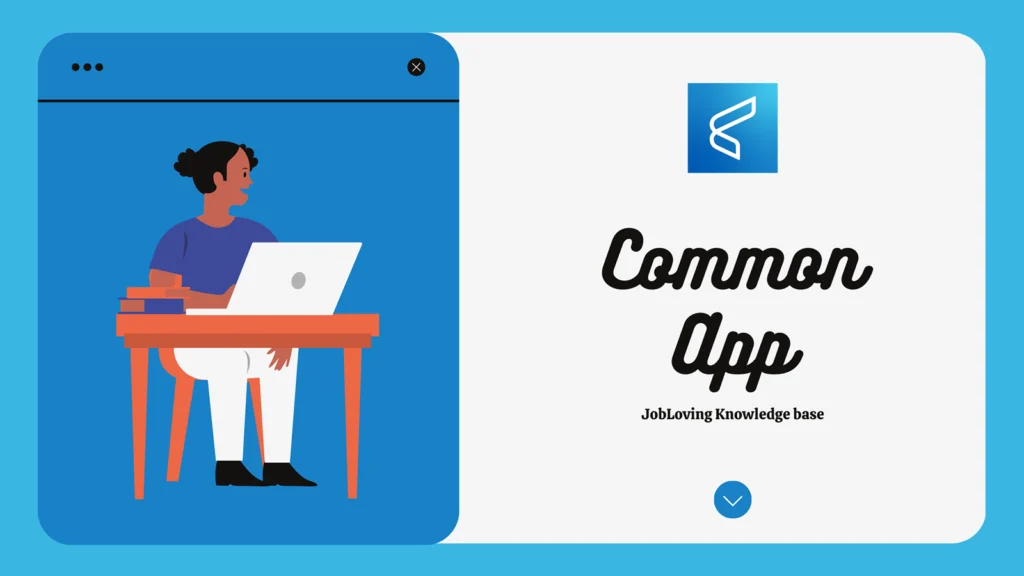The Common App’s Special Character Shenanigans: A Tale of Frustration and Workarounds
So, you’ve got a killer essay, but those Japanese characters are turning into question marks on the Common App. It’s like trying to type in a foreign language on a rotary phone – frustrating, right?
Don’t worry, you’re not alone. This is a common complaint amongst students who dare to venture beyond the standard English alphabet. It seems the Common App, in its infinite wisdom, has decided that special characters are like the “ugly cousin” of the application process – not invited to the party.
Let’s dive into why the Common App is so “special character-phobic” and what you can do about it.
Why Does the Common App Hate Special Characters?
The Common App, like a grumpy old librarian, has a strict set of rules about what it will accept. It’s all about maintaining uniformity, consistency, and, most importantly, avoiding any potential technological hiccups. You know how it is – the last thing they want is your fancy Japanese characters turning into gibberish on the other end, causing admission officers to scratch their heads in confusion. Think about it this way: the Common App is like a giant, well-oiled machine. It runs on a specific set of instructions, and it prefers to keep things simple. Special characters are like trying to throw a wrench into the gears – they’re not part of the original design, and they could potentially mess things up. And let’s be honest, the Common App is not exactly known for its cutting-edge technology. It’s like that old computer you keep in the attic – it works, but it’s not exactly the newest model on the market.
What Can You Do? So, what’s a student to do when they want to showcase their cultural heritage or linguistic prowess? Well, there are a few ways to approach this situation, but most of them require a bit of compromise.
- The “Rework” Approach: This is the most common solution, and probably the most frustrating. You’ll need to rewrite those parts of your essay that use special characters, either by replacing them with English equivalents or by paraphrasing the entire section. Think of it as a literary game of charades – you’re trying to convey the same message without the use of those pesky special characters.
- The “Transliteration” Trick: This option involves using a systematic representation of the special characters using an existing alphabet. For example, you could use the Roman alphabet to represent Japanese characters. But keep in mind that this approach may not always work perfectly, as the nuances of different languages can be tricky to fully capture.
- The “Italics” Escape Route: If you’re just using a few characters, italicizing them might be a decent workaround. It’s a bit of a hack, but it can help to draw attention to the specific words or phrases that contain your special characters.
- The “Copy and Paste” Gamble: This option involves copying and pasting the special characters from a separate document into the Common App. It’s not guaranteed to work, but some users have found that it works in some cases.
- The “Contact Support” Hail Mary: You can always reach out to the Common App support team and plead your case. They might offer some advice or even a special solution, but don’t get your hopes up – they’re usually sticking to their “no special characters” policy.
The Common App’s “Special” Character Problem: A Bigger Conversation
This “special character” issue highlights a larger problem in college applications – the lack of inclusivity and understanding of different cultures and languages. While the Common App tries to be a universal application platform, it often falls short in accommodating the diverse needs of students from different backgrounds. Think about it: if a student’s essay is about their journey learning a new language or their experience with a specific culture, those special characters can be crucial to their story. Denying them the ability to use these characters is like censoring their voice and limiting their ability to express themselves authentically. It’s time for the Common App to recognize that the world is a diverse place and its application process needs to reflect that diversity. They need to upgrade their systems, expand their character support, and create a more inclusive environment for all students.
Some Silver Linings?
While the Common App’s special character limitations can be frustrating, there are a few silver linings. First, it forces you to be creative and resourceful in how you tell your story. You’ll learn to use language in new ways, and you’ll develop a stronger understanding of the nuances of communication. Second, it highlights the importance of cultural sensitivity and inclusivity in college admissions. By showing the limitations of the current system, you can advocate for change and create a more equitable application process for all students. So, don’t despair if your special characters are causing you trouble on the Common App. This is a challenge you can overcome – with a little creativity, a lot of patience, and a healthy dose of humor.
Need More Help? If you’re still struggling with special characters on the Common App, don’t hesitate to reach out to us at JobLoving! We’re a community of students, mentors, and professionals who are always here to help. So, come join us and let’s tackle this challenge together.

